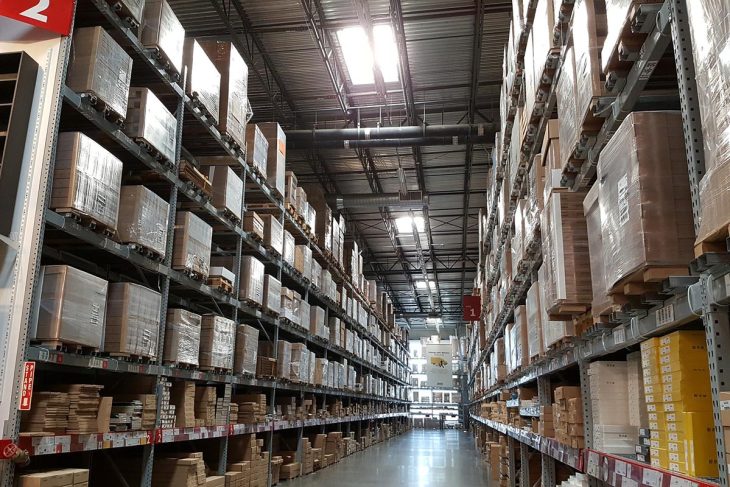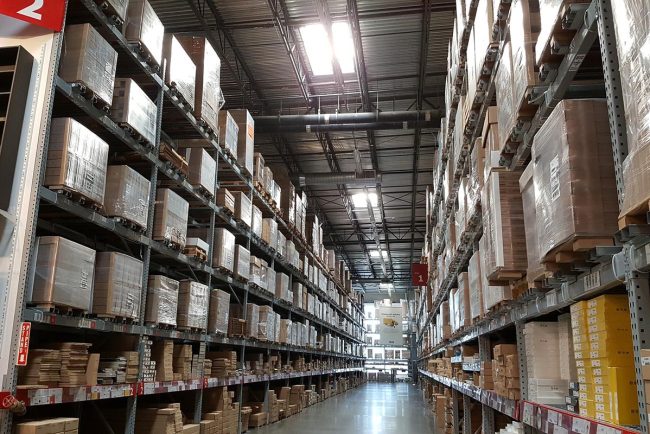

Coworking spaces have revolutionized the way people work, providing flexible and collaborative environments for professionals from various industries. With the advent of the Internet of Things (IoT), these spaces are becoming even more connected and technologically advanced. However, along with the benefits of IoT integration in coworking spaces, there are potential risks and challenges that need to be addressed. In this article, we will explore the possible risks and considerations when combining coworking spaces with IoT technologies.
- Data Security and Privacy:
One of the primary concerns when integrating IoT in coworking spaces is data security and privacy. IoT devices are connected to the internet and collect and transmit vast amounts of data. This data may include sensitive information such as personal and professional data of individuals using the coworking space. It is crucial to implement robust security measures to protect this data from unauthorized access or cyberattacks. Additionally, clear policies and guidelines should be established regarding data collection, storage, and usage to ensure the privacy rights of individuals are respected.
- Network Vulnerabilities:
IoT devices rely on network connectivity to function and exchange data. Coworking spaces often provide shared networks for their members, which can pose security risks. If not properly secured, IoT devices within the coworking space can become entry points for malicious attacks, potentially compromising the entire network and the data of all users. Implementing network segmentation, strong authentication protocols, and regular security audits can help mitigate these risks and ensure the overall network security.
- Compatibility and Interoperability:
Coworking spaces are dynamic environments with individuals using various devices and technologies. Ensuring compatibility and interoperability among different IoT devices can be challenging. If coworking spaces adopt multiple IoT platforms or standards that are not compatible, it can lead to fragmentation and inefficiencies. Therefore, it is essential to select IoT devices and platforms that can seamlessly integrate with each other, providing a cohesive and user-friendly experience for all members.
- User Experience and Control:
IoT devices in coworking spaces should enhance the user experience and convenience without compromising individual control and autonomy. It is crucial to strike a balance between automation and user control. For example, smart lighting and temperature control systems should be customizable to meet individual preferences, ensuring a comfortable and personalized working environment. Additionally, clear guidelines should be established to address concerns related to device management, permissions, and the ability to opt-out of certain IoT features if desired.
- Ethical Considerations:
As IoT devices become more prevalent in coworking spaces, ethical considerations arise. Transparency and consent should be prioritized when collecting data from individuals using the coworking space. Members should be informed about the types of data collected, the purposes for which it will be used, and have the option to provide or withhold consent. Additionally, coworking spaces should ensure that IoT devices are used in a manner that respects privacy, diversity, and promotes inclusivity.
Conclusion:
The integration of IoT in coworking spaces brings exciting possibilities for increased productivity, efficiency, and enhanced user experiences. However, it is essential to address the potential risks and challenges associated with this convergence. By implementing robust security measures, ensuring compatibility and interoperability, prioritizing user control and privacy, and considering ethical implications, coworking spaces can leverage the power of IoT while safeguarding the interests and well-being of their members. With careful planning and implementation, coworking spaces can create a harmonious and technologically advanced environment that fosters collaboration, innovation, and a sense of community.


















